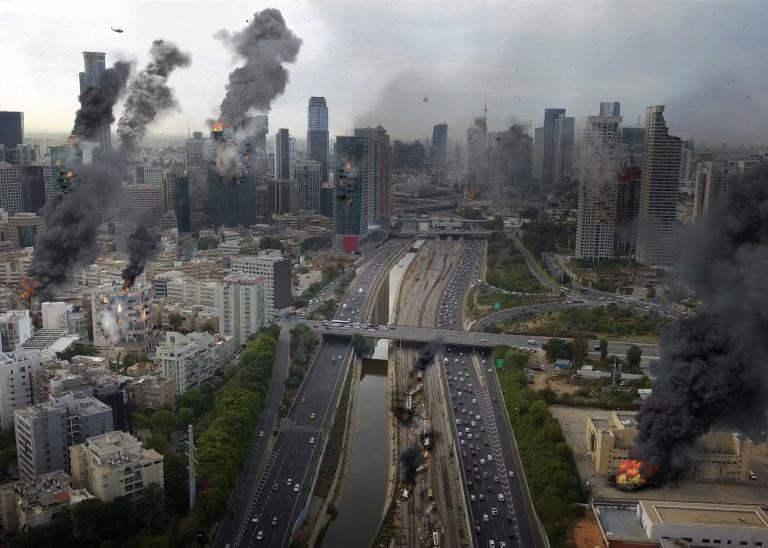28 Mar 2020 | 09:27 PM UTC
Italy: COVID-19 death toll exceeds 10,000 in country as of March 28 /update 23
Italy’s coronavirus disease (COVID-19) death toll rises to above 10,000 as of March 28; further international spread of COVID-19 to be expected over the near term
Event
Italy's coronavirus disease (COVID-19) death toll rose to more than 10,000 as of Saturday, March 28, as 889 people reportedly died of COVID-19 in the previous 24 hours, bringing the total number of associated deaths to 10,023. The confirmed number of COVID-19 cases in the country increased by around 6000 to 92,472 on Saturday (the second-highest number of cases in the world after the US). Movement restrictions slated to be eased from next Friday, April 3, are now expected to be extended over the coming days to a later date due to the continued spread of the virus in the country.
Under the lockdown measures, Prime Minister Giuseppe Conte is advising all individuals in the country to stay at home. Public gatherings remain suspended nationwide. All individuals are advised to work from home and respect an interpersonal distance of 1 m (3 ft).
On Sunday, March 22, Italian officials announced a ban on all domestic travel. Exceptions have been made for necessary work or health-related reasons. It remains unclear how long the ban will remain in effect.
On Tuesday, March 17, Italian authorities announced that all Italian nationals entering the country from abroad would be subject to a mandatory self-isolation period of 14 days. Those who enter Italy for valid working reasons and leave the country within 72 hours are exempt from the policy.
Further international spread of COVID-19 is to be expected over the near term.
Context
The first case of COVID-19 was reported on December 31 and the source of the outbreak has been linked to a wet market in Wuhan (Hubei province, China). Human-to-human and patient-to-medical staff transmission of the virus have been confirmed. Many of the associated fatalities have been due to pneumonia caused by the virus.
Cases of the virus have been confirmed in numerous countries and territories worldwide. Virus-screening and quarantining measures are being implemented at airports worldwide, as well as extensive travel restrictions. On March 11, the World Health Organization (WHO) declared the global outbreak a pandemic.
Pneumonia symptoms include dry cough, chest pain, fever, and labored breathing. Pneumonia can be contagious and can be transmitted from human to human. The influenza virus, or the flu, is a common cause of viral pneumonia.
Advice
Measures adopted by local authorities evolve quickly and are usually effective immediately. Depending on the evolution of the outbreak in other countries, authorities are likely to modify, at very short notice, the list of countries whose travelers are subject to border control measures or entry restrictions upon their arrival to the territory in question. It is advised to postpone nonessential travel due to the risk that travelers may be refused entry or be subject to quarantine upon their arrival or during their stay.
To reduce the risk of COVID-19 transmission, travelers are advised to abide by the following measures:
- Frequently clean hands by applying an alcohol-based hand rub or washing with soap and water.
- When coughing and sneezing, cover mouth and nose with a flexed elbow or tissue; if used, throw the tissue away immediately and wash hands.
- If experiencing a fever, cough, difficulty breathing, or any other symptoms suggestive of respiratory illness, including pneumonia, call emergency services before going to the doctor or hospital to prevent the potential spread of the disease.


